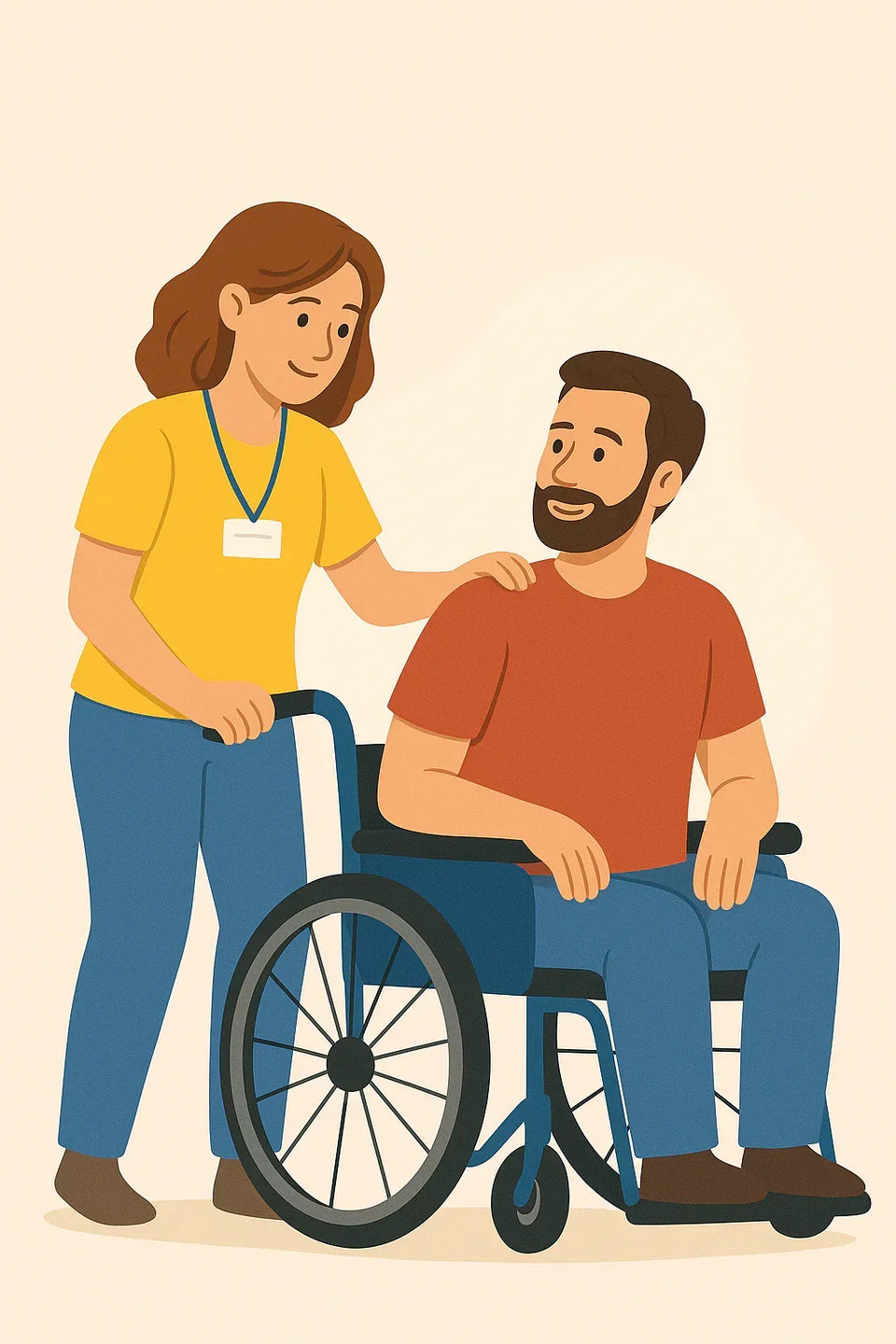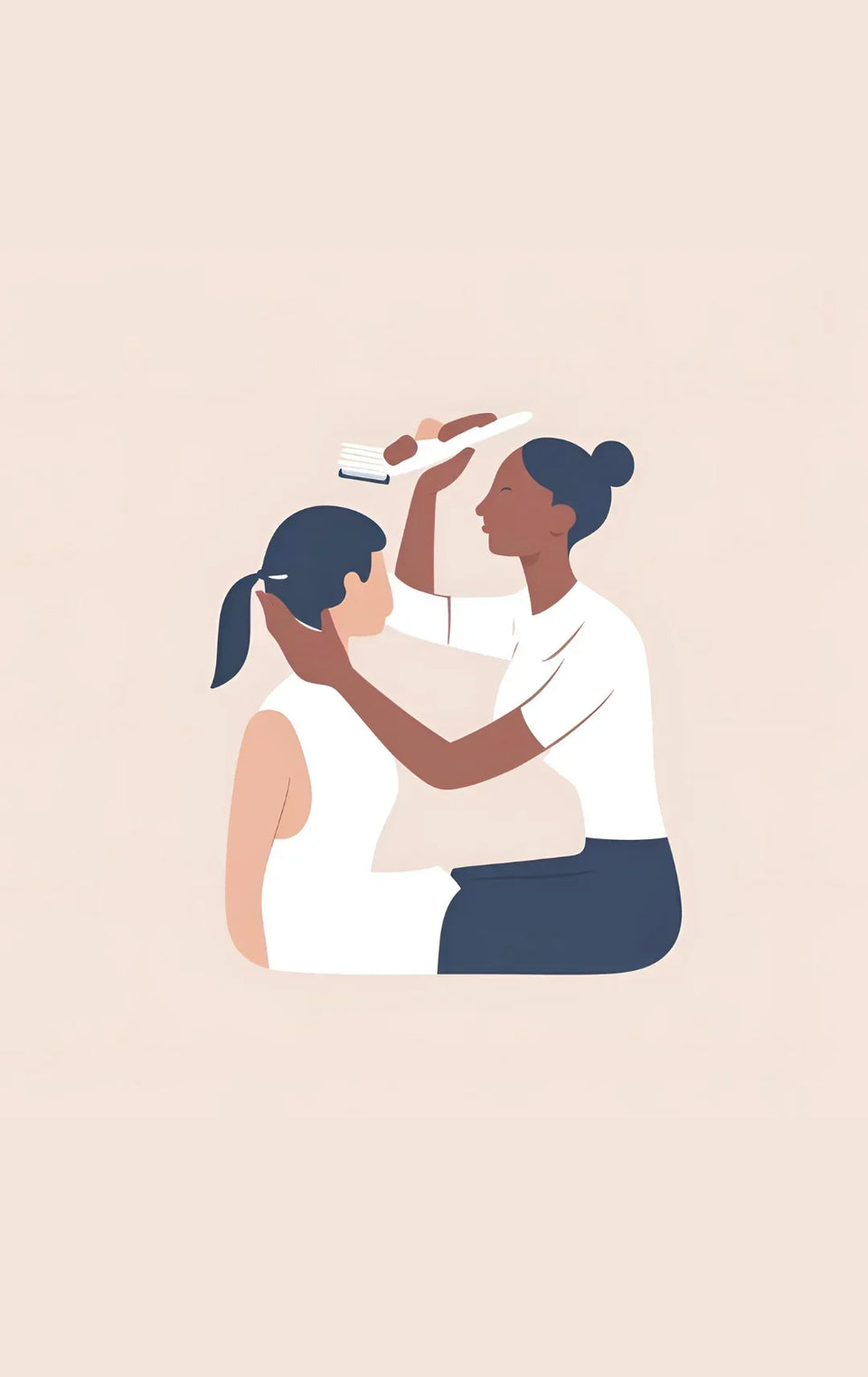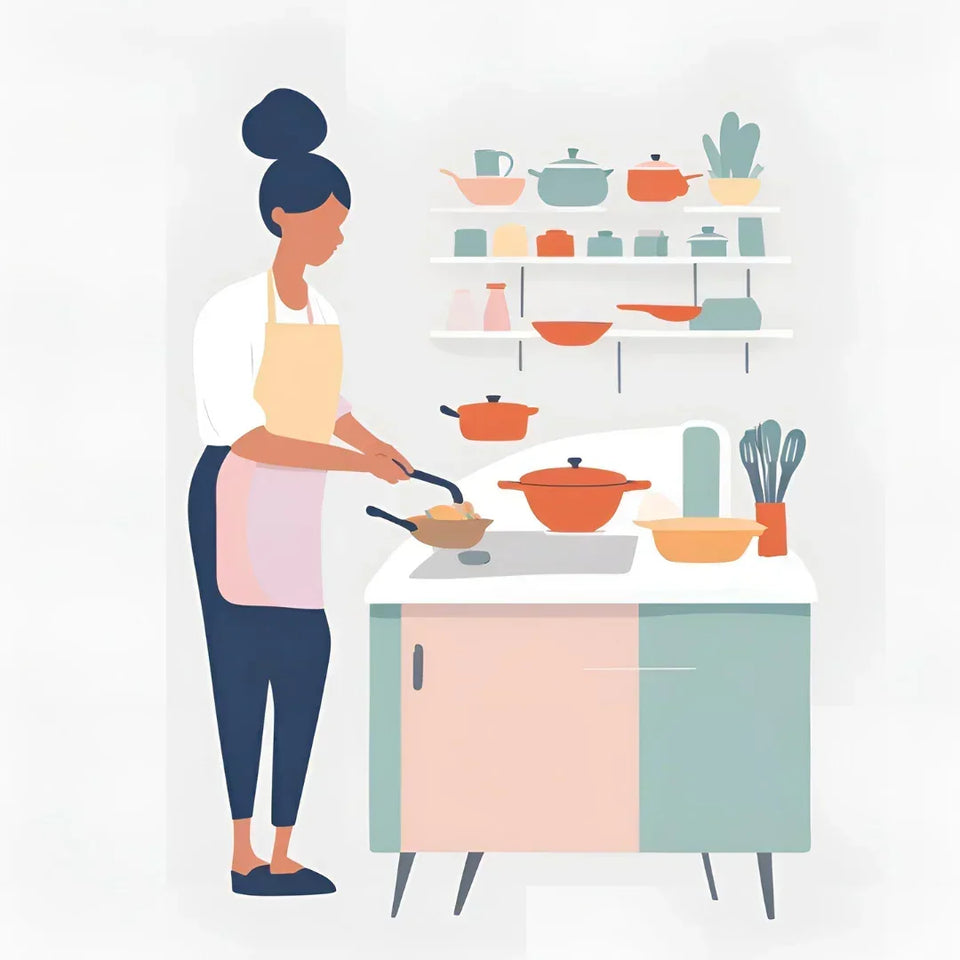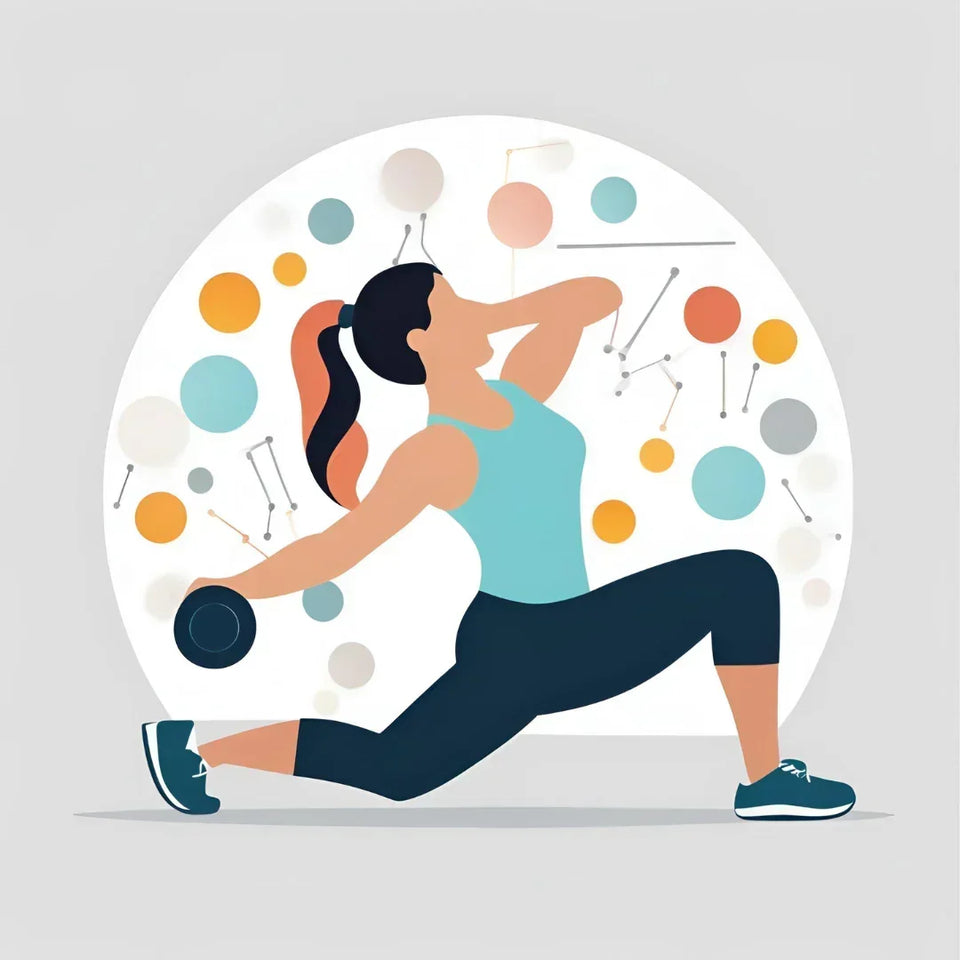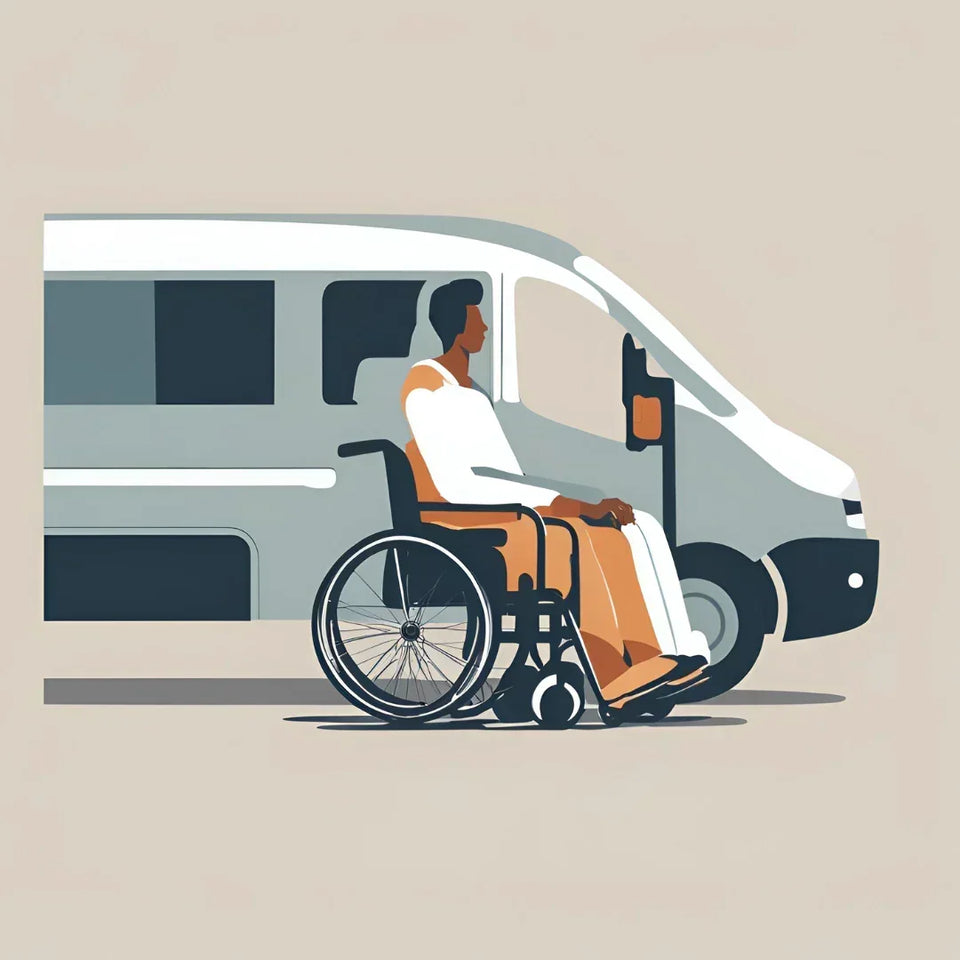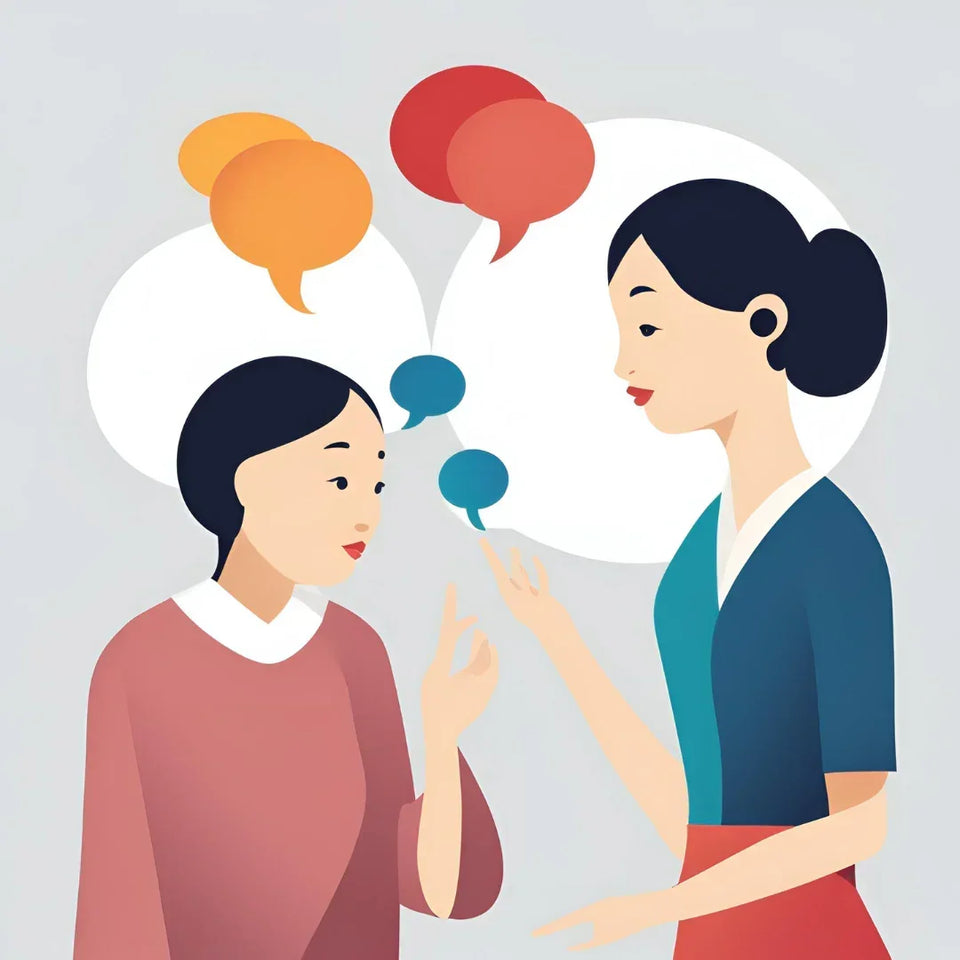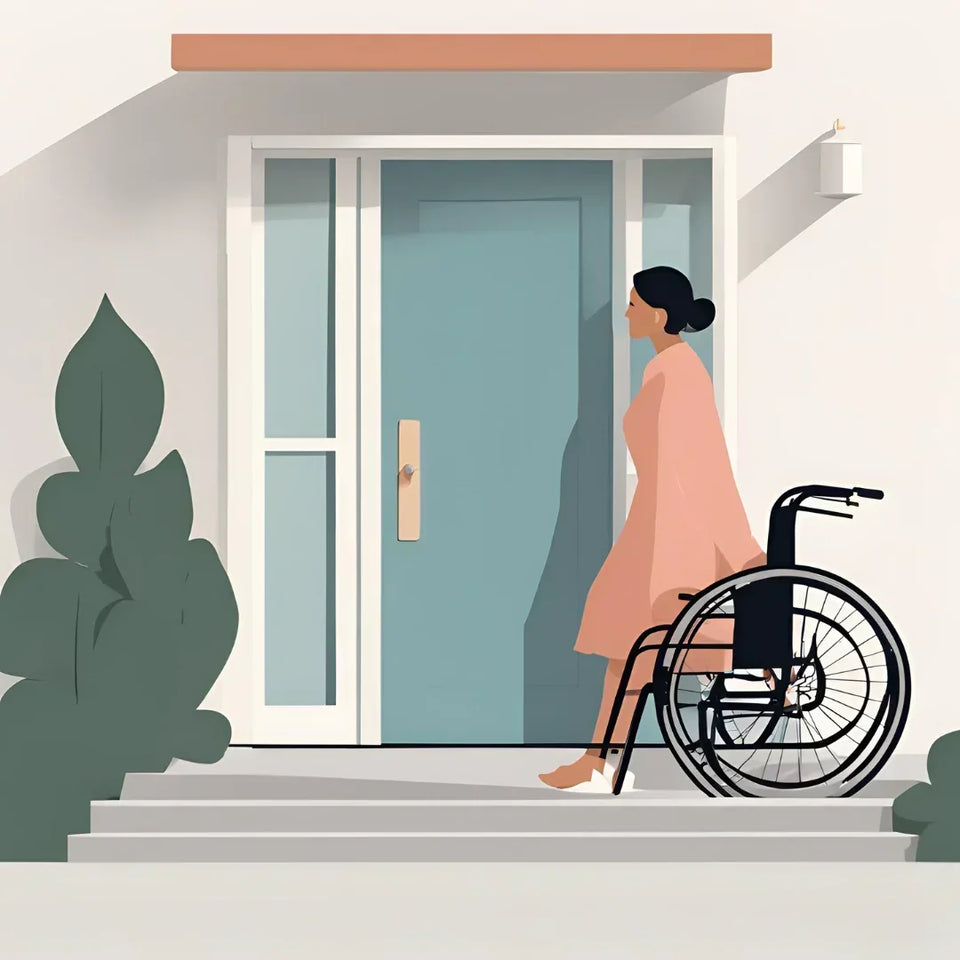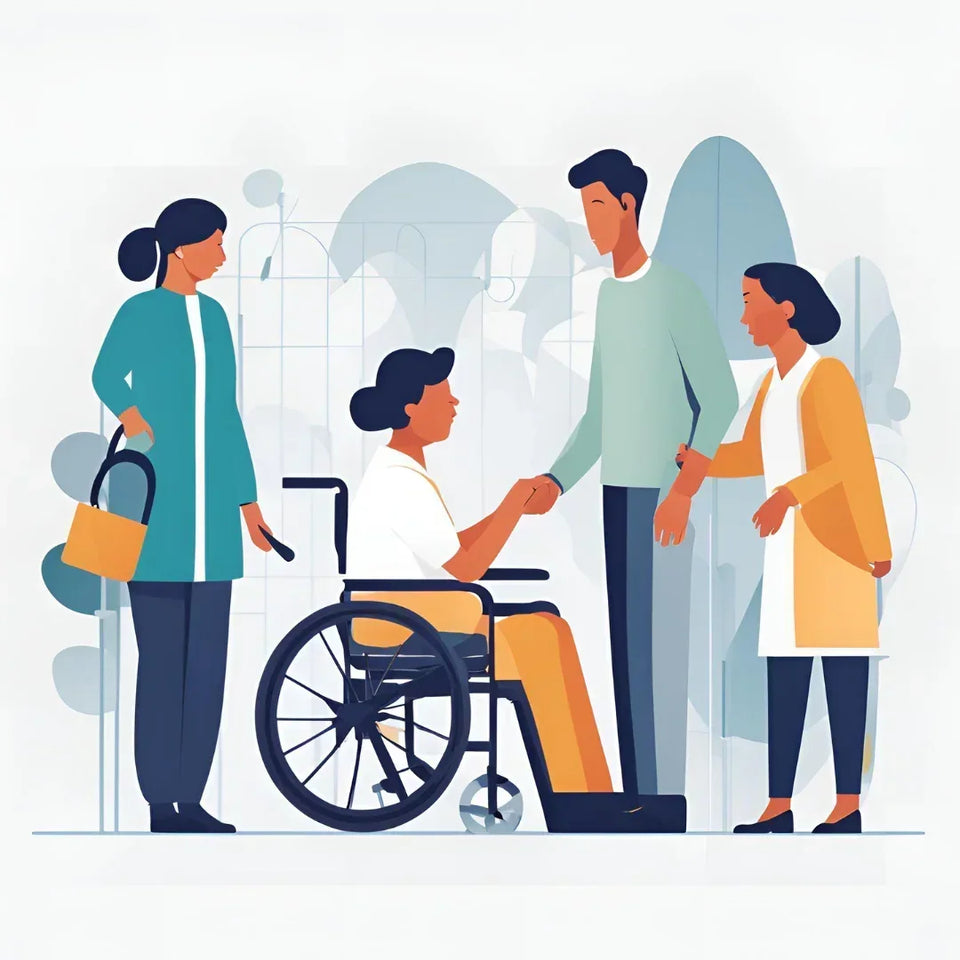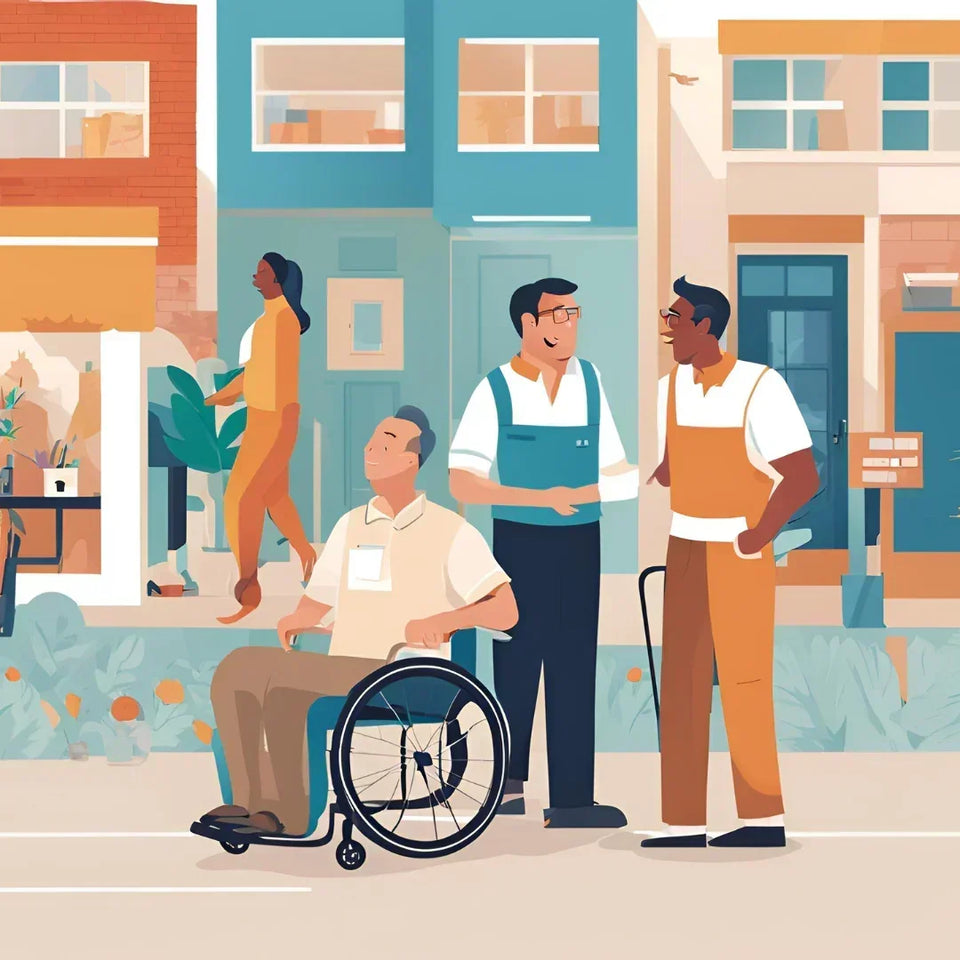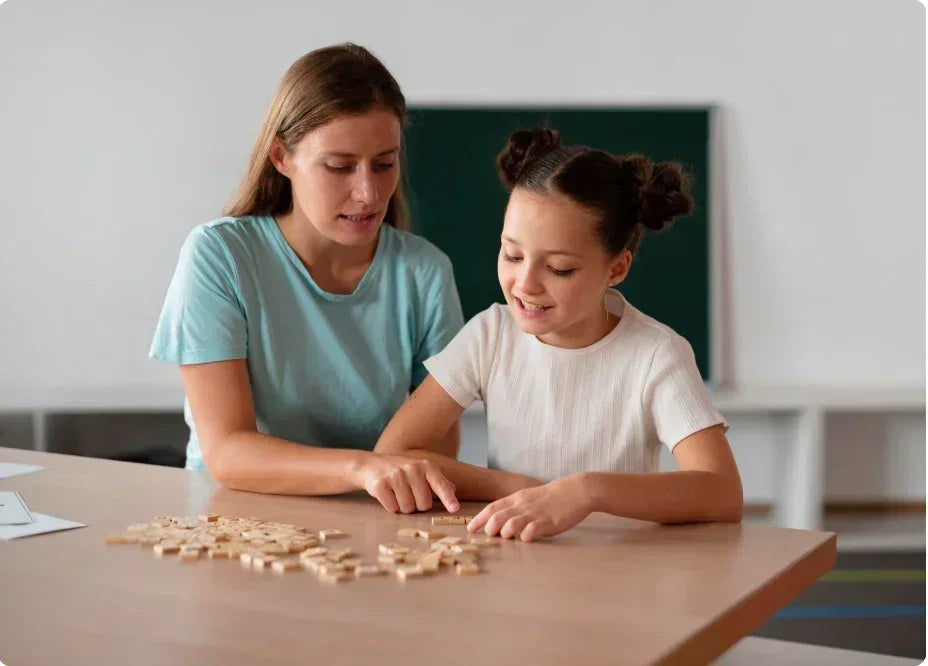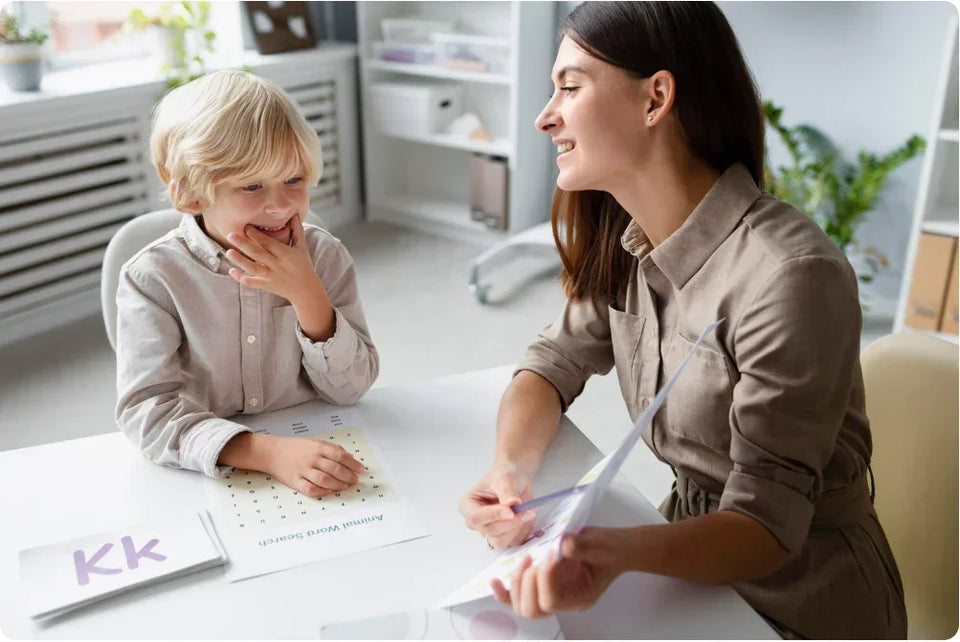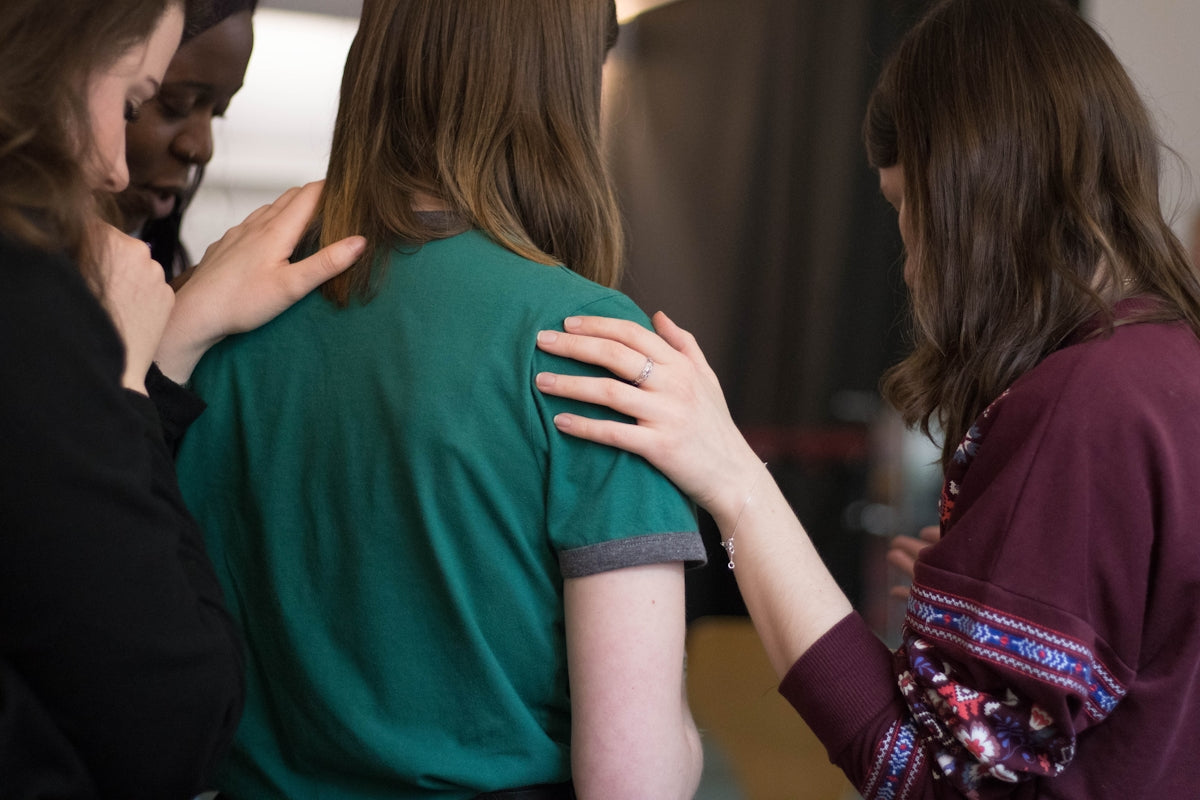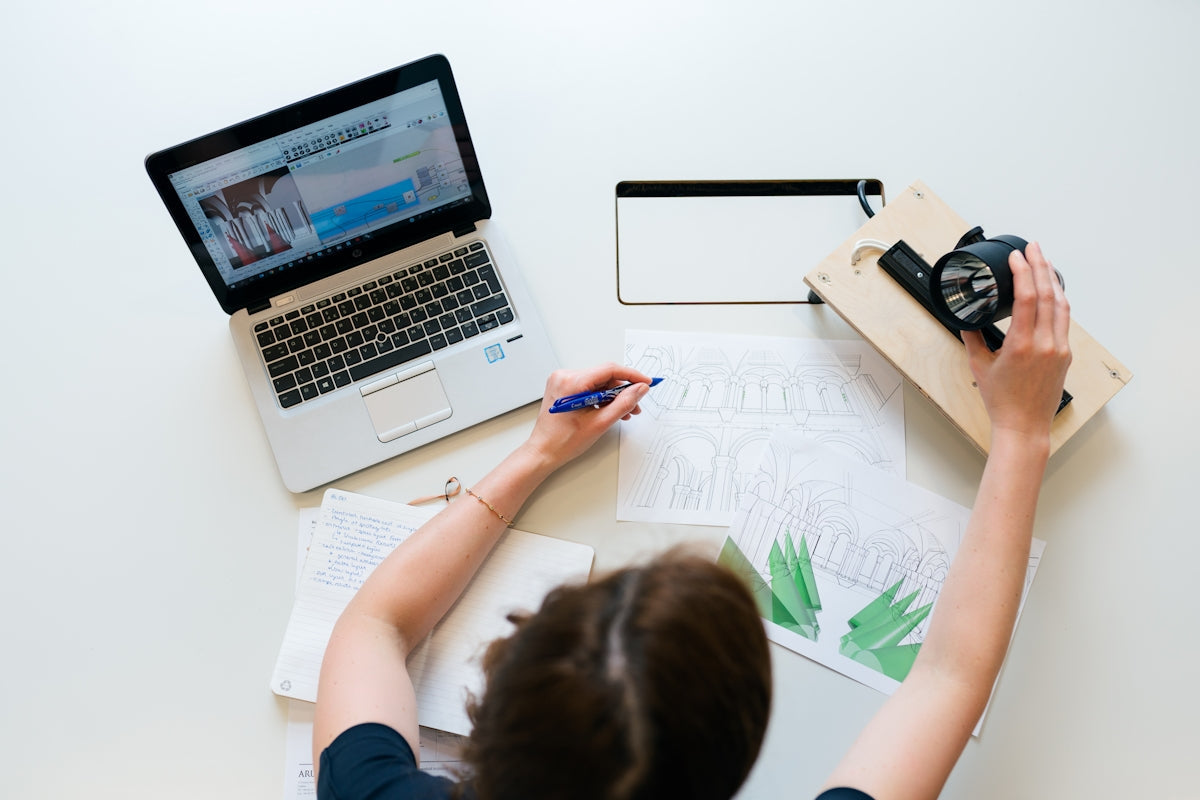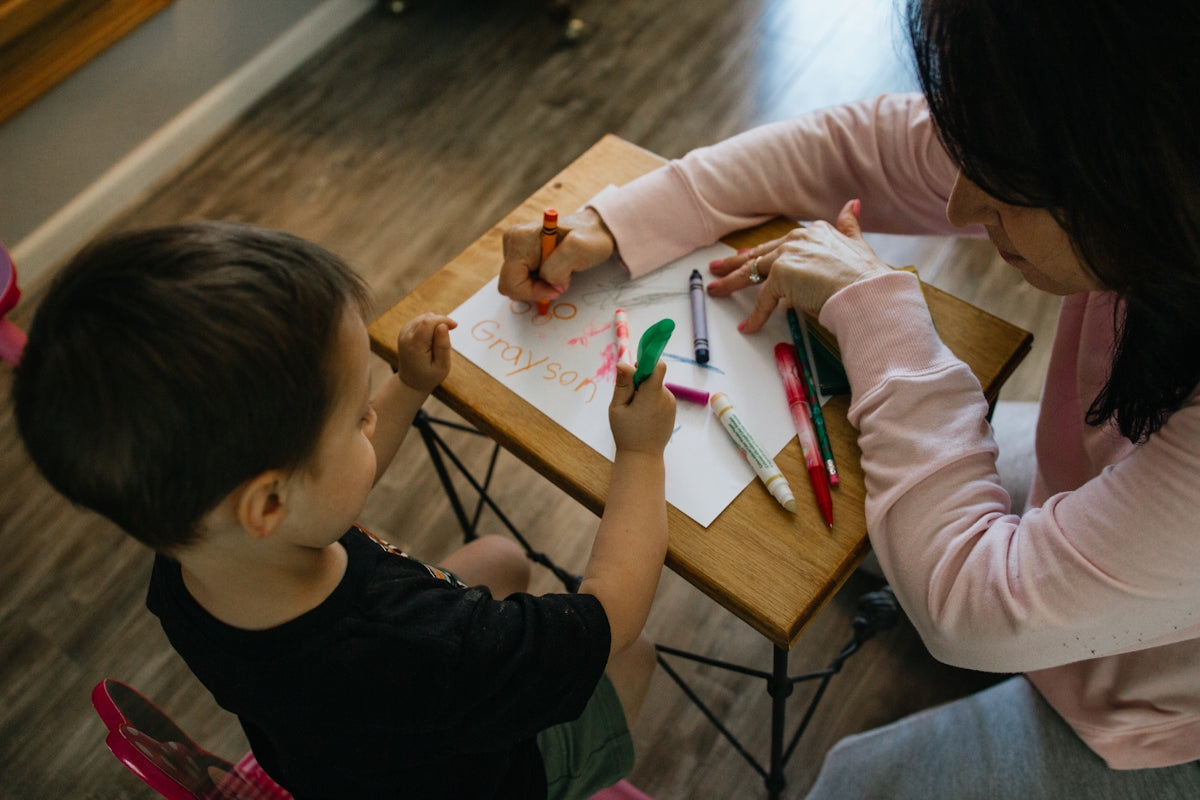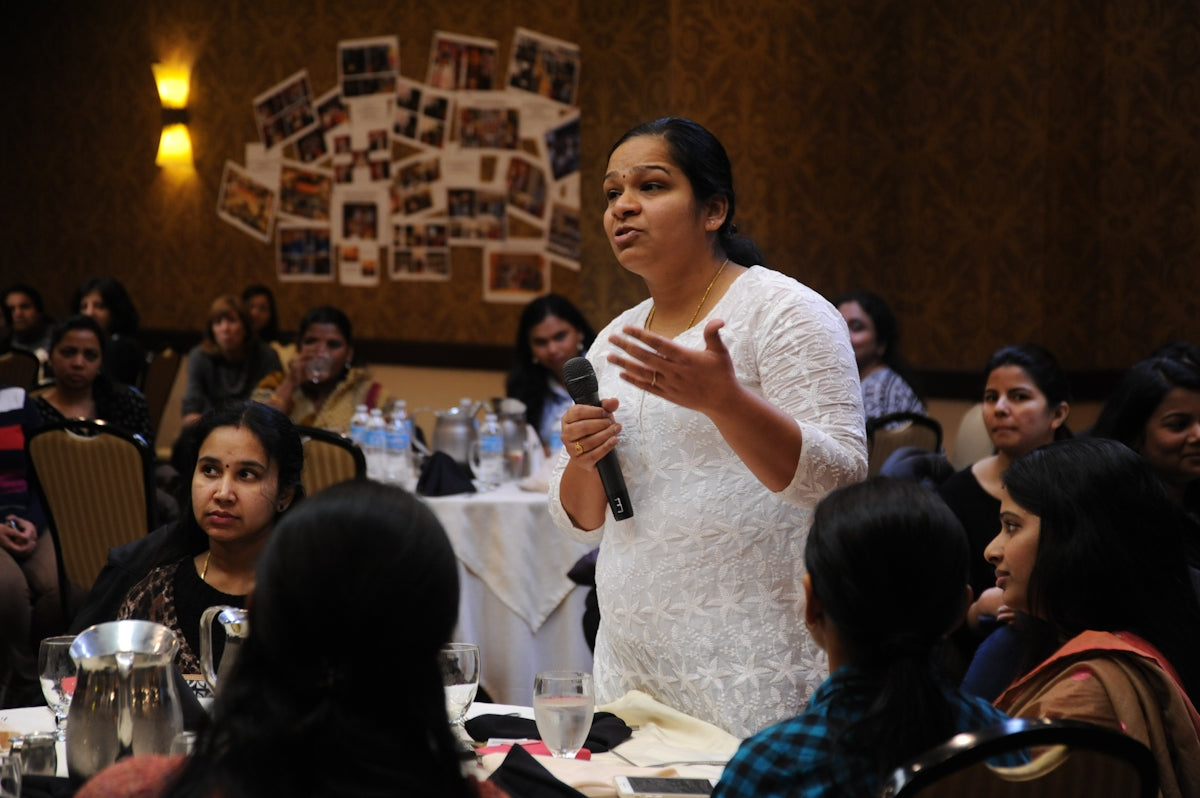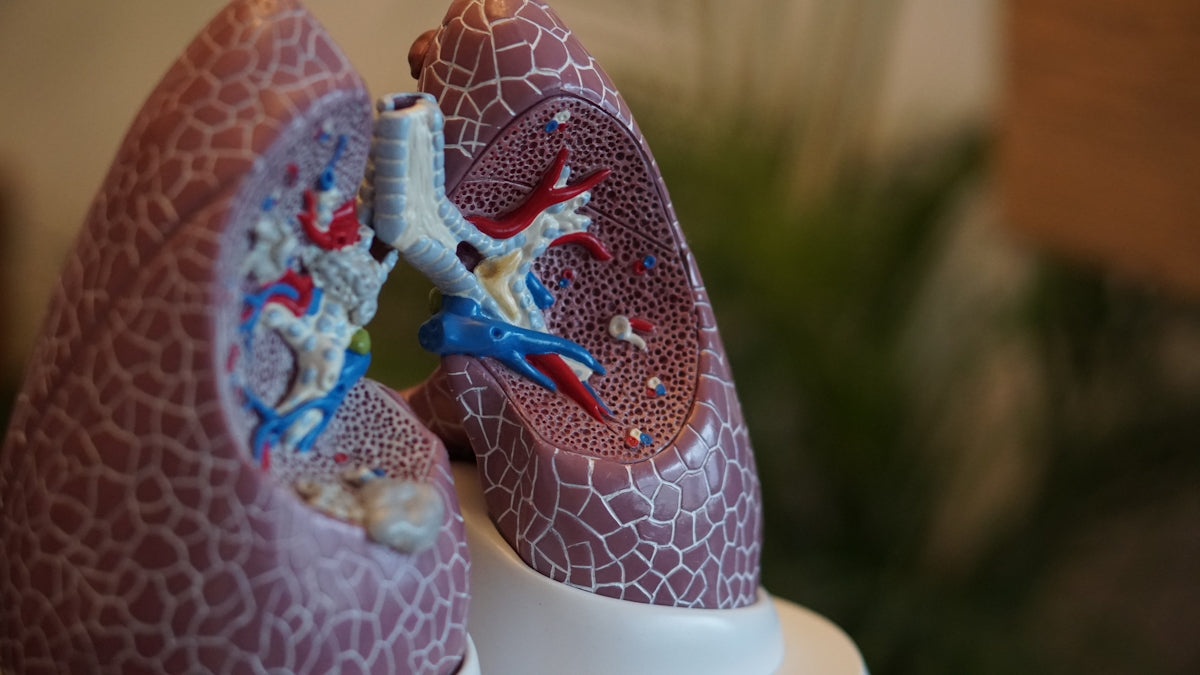
Music Therapy and Art Therapy: Are They Covered by NDIS?
Share
As the National Disability Insurance Scheme (NDIS) continues to evolve and expand its coverage, many individuals living with disabilities are exploring the potential benefits of creative therapies such as music therapy and art therapy. These modalities have shown promise in enhancing physical, emotional, and cognitive well-being, but the question remains: are they covered under the NDIS?
In this comprehensive blog post, we'll delve into the world of music therapy and art therapy, examining their therapeutic applications, the evidence supporting their efficacy, and the current NDIS guidelines surrounding their inclusion in participant plans.
Understanding Music Therapy and Art Therapy
Music therapy and art therapy are distinct yet complementary forms of creative expression that can have a profound impact on individuals with a wide range of disabilities, including physical, cognitive, and mental health challenges.
Music Therapy
Music therapy is a research-based practice that uses music to address physical, emotional, cognitive, and social needs of individuals. Trained music therapists work with clients to create, sing, move to, and/or listen to music, with the goal of improving their overall well-being and quality of life. Music therapy has been shown to enhance communication, reduce stress and anxiety, improve motor skills, and foster social connection.
Art Therapy
Art therapy is a form of psychotherapy that uses the creative process of making art to improve an individual's physical, mental, and emotional well-being. Trained art therapists guide clients through various art-making activities, such as painting, drawing, sculpting, and collage, to help them explore their thoughts, feelings, and experiences in a safe and supportive environment. Art therapy can be particularly beneficial for individuals with communication difficulties, as it provides a non-verbal means of self-expression.
The Therapeutic Benefits of Creative Therapies
Both music therapy and art therapy have been extensively researched and have demonstrated a wide range of therapeutic benefits for individuals with disabilities. These include:
Physical Benefits
- Improved motor skills and coordination
- Enhanced fine and gross motor function
- Increased physical activity and mobility
Emotional Benefits
- Reduced stress, anxiety, and depression
- Improved mood and emotional regulation
- Increased self-esteem and confidence
Cognitive Benefits
- Enhanced problem-solving and decision-making skills
- Improved memory and attention span
- Increased cognitive stimulation and engagement
Social Benefits
- Increased social interaction and communication
- Improved social skills and interpersonal relationships
- Reduced social isolation and loneliness
NDIS Coverage for Creative Therapies
The NDIS recognizes the potential benefits of creative therapies and has included them as eligible supports under certain circumstances. However, the specific criteria and guidelines for accessing these services can vary depending on the individual's needs and the availability of providers in their local area.
Music Therapy under the NDIS
Music therapy can be considered an eligible support under the NDIS if it is deemed necessary to achieve the participant's goals and improve their overall well-being. This may include, but is not limited to, addressing physical, cognitive, or social needs through music-based interventions. The NDIS may cover the cost of individual or group music therapy sessions, as well as the purchase of any necessary equipment or resources.
Art Therapy under the NDIS
Similar to music therapy, art therapy can be considered an eligible support under the NDIS if it is deemed necessary to achieve the participant's goals and improve their overall well-being. This may include addressing emotional, cognitive, or social needs through art-based interventions. The NDIS may cover the cost of individual or group art therapy sessions, as well as the purchase of any necessary art supplies or materials.
Accessing Creative Therapies through the NDIS
To access music therapy or art therapy through the NDIS, participants must work closely with their NDIS planner or local area coordinator to ensure that these services are included in their plan. This may involve providing evidence of the potential benefits of these therapies, as well as demonstrating how they align with the participant's goals and support needs.
It's important to note that the availability and coverage of creative therapies under the NDIS may vary depending on the participant's location, the availability of qualified providers in their area, and the specific needs and goals outlined in their plan. Participants are encouraged to research their options, communicate with their NDIS planner, and advocate for the inclusion of these valuable services in their plan.
Conclusion
Music therapy and art therapy have the potential to significantly improve the lives of individuals living with disabilities. As the NDIS continues to evolve, it is crucial that participants and their families are aware of the potential benefits of these creative therapies and the opportunities for accessing them through the scheme.
By working closely with their NDIS planner and advocating for the inclusion of these services in their plan, participants can unlock the transformative power of music and art, and take a step towards achieving their goals and enhancing their overall well-being.


